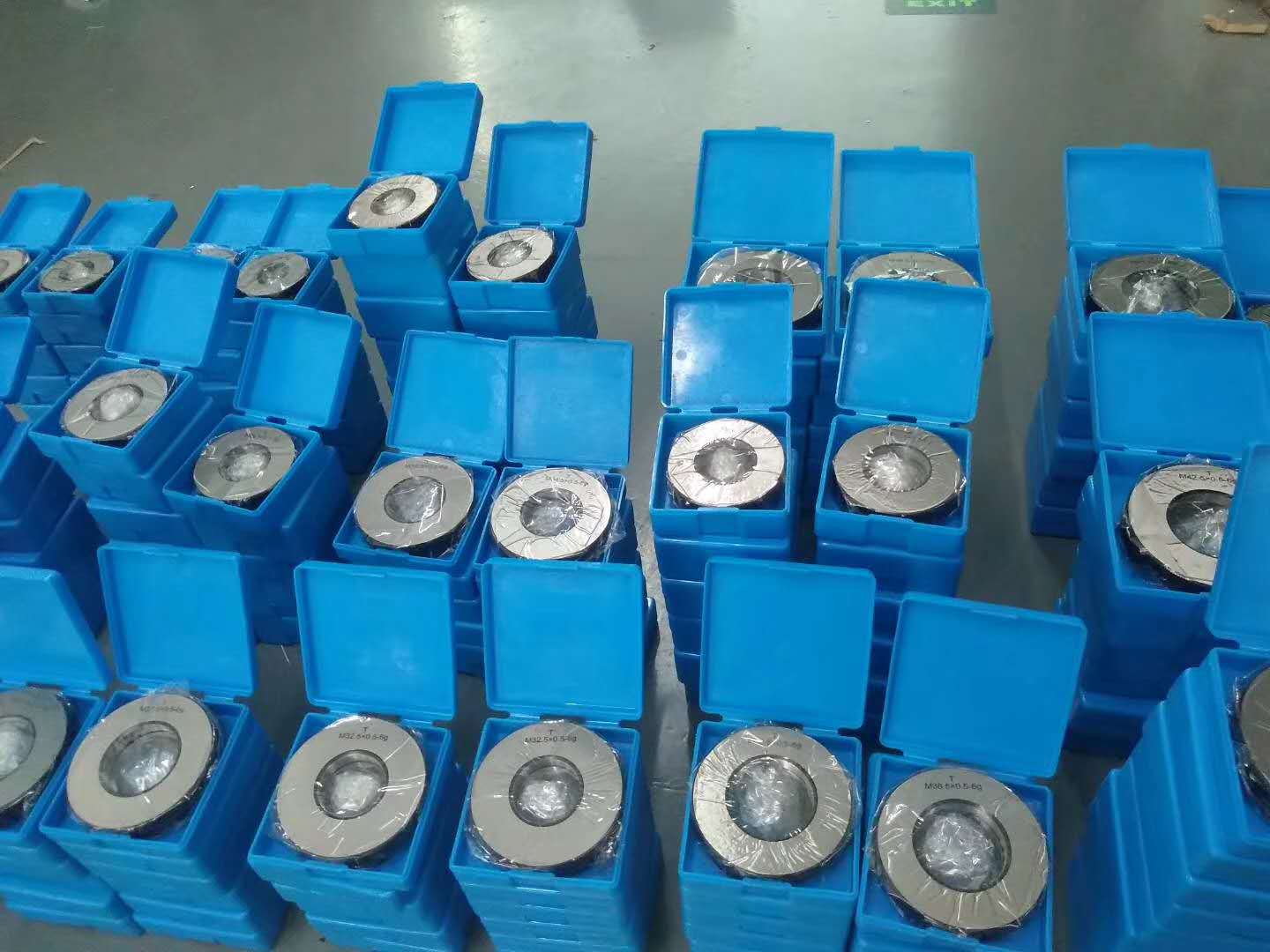Dis . 04, 2024 16:50 Back to list
cast iron surface table
The Importance of Cast Iron Surface Tables in Precision Machining
In the world of precision machining, the importance of a stable and reliable work surface cannot be overstated. Among the various types of surfaces available, cast iron surface tables are considered a cornerstone for any workshop focused on accuracy and quality. This article explores the features, benefits, and applications of cast iron surface tables in manufacturing and machining environments.
What is a Cast Iron Surface Table?
A cast iron surface table is a flat, rigid surface that acts as a reference plane for various machining operations, including milling, grinding, and assembly. These tables are made from high-quality cast iron, which is known for its exceptional stability and excellent vibration-dampening properties. The surface of these tables is precision-ground to ensure it remains flat and provides an accurate measuring surface for workpieces.
Benefits of Cast Iron Surface Tables
1. Stability and Durability Cast iron is inherently resistant to warping and deformation, even under significant stress or load. This makes cast iron surface tables ideal for long-term use in high-demand environments. Its robust nature ensures that the surface remains flat and stable over time, which is crucial for achieving precise measurements and results in machining processes.
2. Vibration Damping One of the standout features of cast iron is its ability to absorb vibrations. In machining operations, even slight vibrations can lead to inaccuracies and defects in the finished product. A cast iron surface table minimizes these vibrations, providing a more stable platform for precision work, ultimately leading to improved quality in the manufactured parts.
3. Temperature Resistance Cast iron has a relatively low coefficient of thermal expansion compared to other materials. This means that changes in temperature have a minimal effect on the dimensions of the surface table. For machining operations that require precision, this thermal stability ensures that measurements remain consistent, regardless of environmental conditions.
cast iron surface table

4. Ease of Maintenance Cast iron surface tables are generally easier to maintain than other surface types. They can be easily cleaned and can withstand routine maintenance without significant degradation. Unlike softer materials, cast iron does not scratch easily, preserving the integrity of the flat surface.
5. Cost-Effectiveness While the initial investment in a cast iron surface table may be higher than alternatives, their long lifespan and durable nature often make them more cost-effective in the long run. This financial efficiency, combined with the improved quality it brings to the machining process, makes cast iron tables an attractive choice for manufacturers.
Applications of Cast Iron Surface Tables
Cast iron surface tables are versatile and find applications across numerous industries
- Machining Workshops Used as a reference plane for setup and checking the flatness of workpieces, ensuring accurate machining processes. - Quality Control Labs In metrology, these tables provide a stable base for measuring instruments and fixtures, ensuring precise comparisons and assessments. - Assembly Areas They are used during the assembly of components, helping maintain alignment and accuracy in the final product.
Conclusion
In summary, cast iron surface tables play a critical role in the realm of precision machining. Their stability, durability, and vibration-dampening qualities make them indispensable tools in a variety of settings. Whether used in a machining workshop, quality control lab, or assembly area, these surfaces ensure a level of accuracy and reliability that is foundational to producing high-quality products. As manufacturers continue to prioritize precision and efficiency, cast iron surface tables will undoubtedly remain a vital component of success in modern machining processes. Investing in a quality cast iron surface table not only improves operational efficiency but also elevates the overall standard of manufacturing outputs.
-
thread-plug-gauge-our-promise-of-measurement-excellenceNewsAug.22,2025
-
gauge-pin-class-reflecting-quality-legacyNewsAug.22,2025
-
check-valve-types-for-high-rise-buildingsNewsAug.22,2025
-
water-control-valve-for-irrigation-systemsNewsAug.22,2025
-
gate-valve-with-soft-seal-technologyNewsAug.22,2025
-
y-type-strainer-for-oil-and-gas-applicationsNewsAug.22,2025
Related PRODUCTS









